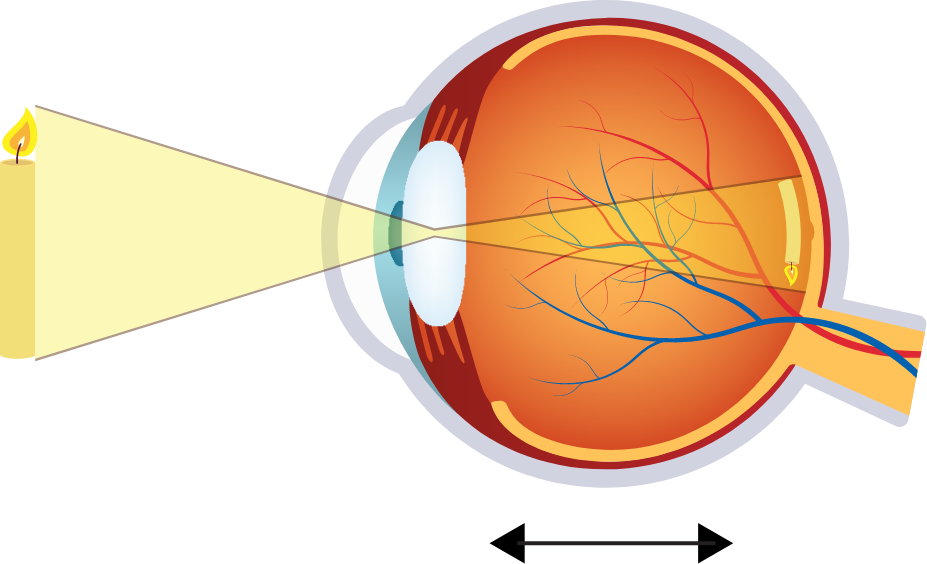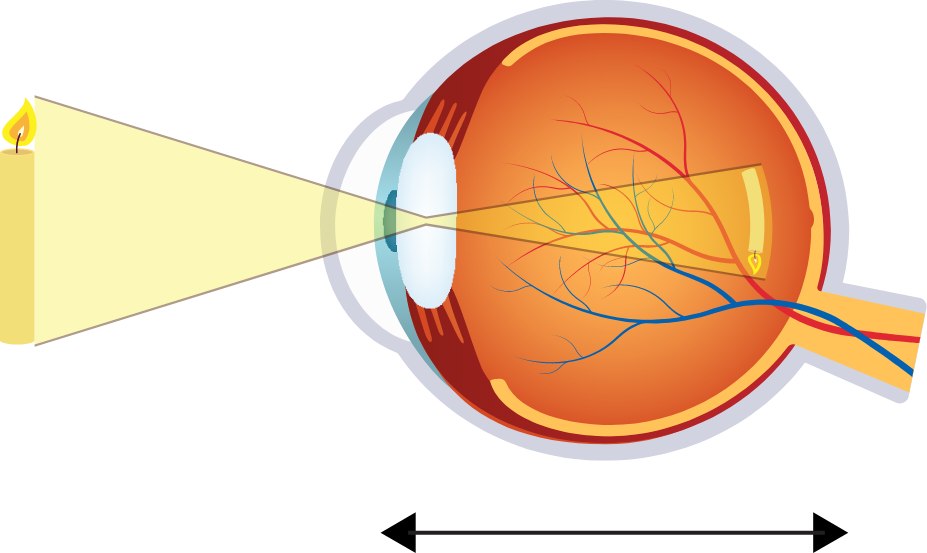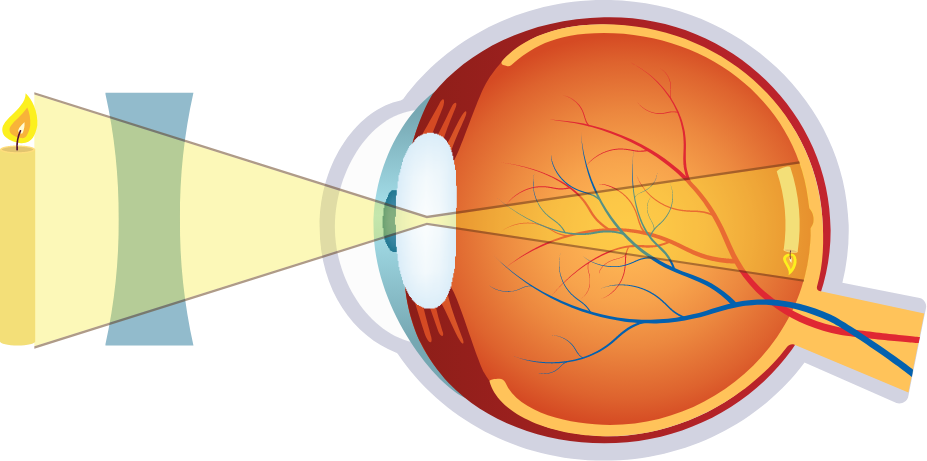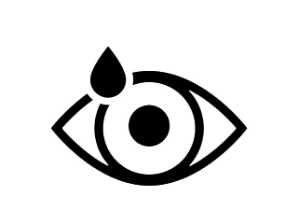
Myopia
Short-sightedness, or myopia, is a very common eye condition that causes distant objects to appear blurred, while close objects can be seen clearly.
It’s thought to affect up to 1 in 3 people in the UK and is becoming more common.
Short-sightedness can range from mild, where treatment may not be required, to severe, where a person’s vision is significantly affected.
In children the condition can start from 6 to 13 years. During the teenage years when the body grows rapidly myopia may become worse. Myopia can occur in adults.
Signs that your child may be short-sighted can include:
- needing to sit near the front of the class at school because they find it difficult to read the whiteboard
- sitting close to the TV
- complaining of headaches or tired eyes
- regularly rubbing their eyes
Normal vision

Myopia

Correction with lens

Development of Myopia
Short-sightedness (myopia) usually occurs when the eyes grow slightly too long, which means they’re unable to produce a clear image of objects in the distance.
It’s not clear exactly why this happens, but it’s thought to be the result of a combination of genetic and environmental factors that disrupt the normal development of the eye.
Treatment options
Glasses or contact lenses are the most common method of correcting short-sightedness (myopia). Laser surgery is also becoming increasingly popular.
Implanting artificial lenses in the eyes is a fairly new technique that’s used very occasionally if laser surgery is ineffective or not possible (for example, people with very severe short-sightedness).

Night lenses. Rigid contact lenses worn at night
These rigid contact lenses are worn overnight and removed in the morning. They slightly alter the shape of the eye while you sleep, providing clearer vision the following day. Clinical studies indicate that these lenses can slow down the development of myopia.

Day lenses. Soft contact lenses worn during the day
These contact lenses, also called MiSight lenses, are worn to correct your vision during the day and are removed before you go to sleep. They are single-use and therefore do not need to be cleaned and stored overnight. Clinical studies indicate that these lenses can slow down the development of myopia.

Specialised spectacle lenses for myopia management
Glasses or contact lenses are the most common method of correcting short-sightedness (myopia). Laser surgery is also becoming increasingly popular.

Standard spectacle lenses
These glasses lenses are known as MiYOSMART lenses, made by HOYA using new technology. They are used in normal frames and sharpen the vision like normal spectacles. Clinical studies indicate that these glasses lenses can slow down the development of myopia.

Pharmaceuticals for progressive myopia
Glasses or contact lenses are the most common method of correcting short-sightedness (myopia). Laser surgery is also becoming increasingly popNormal glasses and contact lenses will focus light and sharpen vision when they are worn. However, they will not slow the worsening of myopia.



